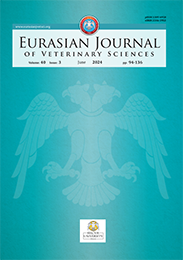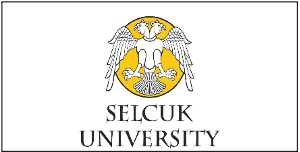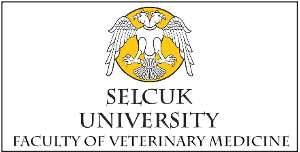| 2012, Volume 28, Number 2, Page(s) 122-125 |
| [ Summary (Turkish) ] [ PDF ] [ Similar Articles ] |
| Identification of animal species in rendering products by DNA technology |
| Ercan Kurar1,3, Yusuf Özşensoy1, Müge Doğan Bülbül2, Mehmet Nizamlıoğlu2 |
| 1Selçuk Üniversitesi, Genetik Anabilim Dalı, Konya, Türkiye 2Selçuk Üniversitesi, Biyokimya Anabilim Dalı, Veteriner Fakültesi, Konya, Türkiye 3İleri Teknoloji Araştırma ve Uygulama Merkezi (İLTEK) |
| Keywords: DNA technology, rendering, species identification |
| Downloaded:1726 - Viewed: 3043 |
|
After bovine spongiform encephalopathy (BSE) outbreak,
the use of especially ruminant byproducts in animal rations
is under strict control. An animal feedstuff sample was sent
from the Turkish Republic, Mersin Customs Directorate in
order to identify the animal source. The feedstuff was declared
as “hydrolyzed feather meal” in the custom declaration
and health certificates. In microscopic inspections,
pieces of feathers and hollow shafts were observed. As an
alternative method, DNA was extracted by using standard
phenol/chloroform and dodecyltrimethylammonium bromide
(DTAB) methods. The DNA samples were amplified
by Polymerase Chain Reactions (PCR) using poultry, ruminant,
swine, horse and carnivore specific oligos. In PCR
reactions, chicken, goat, horse and cat DNAs were used as
positive controls. DNA free PCR reactions were also amplified
as negative control in each system. The resulting PCR
products were separated and visualized by electrophoresis
on a 2% agarose gel. The findings suggested presence
of poultry DNA in the feedstuff sample since two different
poultry specific PCR primer pairs resulted in positive PCR
products. However, no PCR products were observed in ruminant,
swine, horse and carnivore PCR reactions. The results
of this study thereby indicated that molecular biology
techniques could successfully be used to identify source of
heat proceeded animal byproducts.
|
| [ Summary (Turkish) ] [ PDF ] [ Similar Articles ] |





